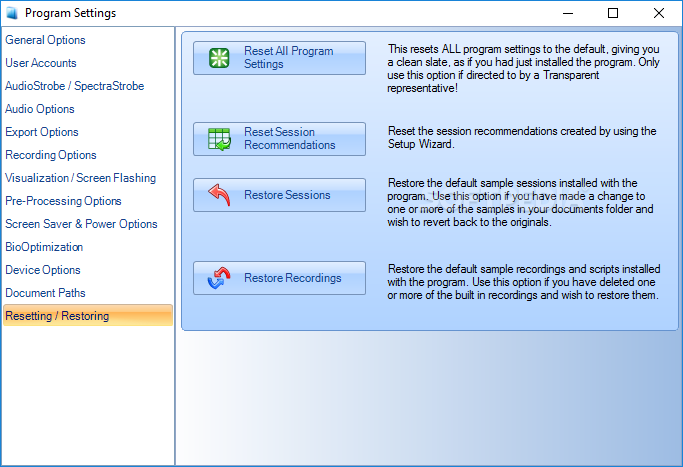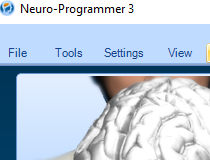
Zebende GF, Oliveira Filho FM, Cruz JAL (2017) Auto-correlation in the motor/imaginary human EEG signals: A vision about the FDFA fluctuations. Nouri A (2016) The basic principles of research in neuroeducation studies. (2014) Neuroscience and education: Prime time to build the bridge. doi: 10.1126/science.1175626Īnsari D, Coch D, De Smedt B (2011) Connecting education and cognitive neuroscience: Where will the journey take us? Educ Philos Theory 43: 37–42.

(2009) Foundations for a new science of learning. Meltzoff AN, Kuhl PK, Movellan JR, et al. Lect Notes Comput Sc 7897L: 25–39.Ĭhao P (2016) Exploring students' computational practice, design and performance of problem-solving through a visual programming environment. ACM.īooth T, Stumpf S (2013) End-user experiences of visual and textual programming environments for Arduino.

In Proceedings of the eleventh annual International Conference on International Computing Education Research-ICER '15 (pp. Price TW, Barnes T (2015) Comparing Textual and Block Interfaces in a Novice Programming Environment. Santos Á, Gomes A, Mendes AJ (2010) Integrating new technologies and existing tools to promote programming learning. (Ed.), The 2nd International Workshop on Learning Technology for Education in Cloud (pp. Giraffa LMM, Moraes MC, Uden L (2014) Teaching Object-Oriented Programming in First-Year Undergraduate Courses Supported by Virtual Classrooms. Exploring brain activity and transforming knowledge in visual and textual programming using neuroeducation approaches. The results can contribute to: a) highlighting the need for a diverse educational approach for students when engaging in program development and b) identifying appropriate learning paths to enhance student education in programming.Ĭitation: Spyridon Doukakis. Finally, the students showed higher average brain activity in the development of the fourth task than the third, and six of them showed higher average brain activity when developing the first versus the second program, regardless of the programming language.


In addition, it appears that six students did not show reducing or increasing brain activity as they spent their time on tasks and at the same time did not show a reduction or increase in the time they needed to develop the programs. Also, six students needed more time to successfully develop the programs they were asked with the first programming language versus the second one, regardless of the type of programming language that was first. According to the analysis of the data it appears that the type of programming language did not affect the students' brain activity. Measurement of cerebral activity was performed by the electroencephalography (EEG) imaging method. The order of these programs was determined, while the order of languages in which they worked differed between the students. The eight students were asked to develop two specific programs in both programming languages (a total of four tasks). Eight (8) computer science students, novice programmers, who were in the first semester of their studies, participated in a field study in order to explore potential differences in their brain activity during programming with a visual programming language versus a textual programming language.


 0 kommentar(er)
0 kommentar(er)
